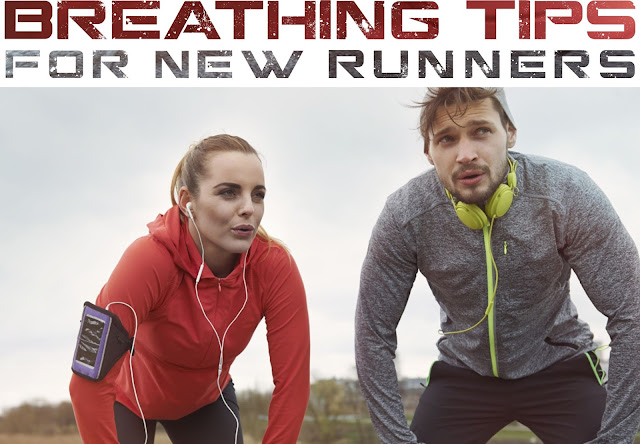The diaphragm is a muscle that assists in breathing and it has two supporting ligaments. The action of the diaphragm muscle is much like an accordion. When we inhale, we move air into the lungs, and the diaphragm moves down. Conversely, when we exhale, we move air out of the lungs, and the diaphragm moves up. Like other muscle cramps or spasms, diaphragm spasms or side stitches are thought to occur from the strain and fatigue associated with the increased workload of accelerated breathing from exercise. The good news is that all muscle spasms are thought to be associated with muscle fatigue, so as your fitness level and overall conditioning improves, the risk of muscle fatigue decreases, which means that the incidence of side stitches decrease as well.
Some research indicates that side stitches may also be related to running posture. Side stitches were found to occur more frequently in runners that slouch over or hunch their backs while running. The poorer the running posture, the more severe the side stitches reported. Poor running posture is thought to affect the nerves that run from the upper back to the abdomen. Hunching over appears to increase the friction on the peritoneum, a membrane that surrounds the abdominal cavity, resulting in pain. Improving your posture by strengthening your postural muscles with core exercises may help reduce the occurrence of side stitches.
Proper breathing techniques are thought to be another factor in side stitches. Deep breathing fills the lungs and naturally improves posture as the lungs expand. Breathing deeply while running reduces the stress on the supporting ligaments of the diaphragm and can help relieve side stitches. This type of deep breathing is referred to as belly breathing.
Try out this technique by lying down on the floor, placing a hand on your belly and breathing deeply. If you feel your hand rise and fall slightly with your breathing, you are belly breathing. If your chest moves up and down rather than your belly, you are not breathing deep enough. Focus on your hand and try making it rise and fall. To make sure you continue breathing deeply during your run, periodically take a very deep breath and forcefully exhale, pushing all the air out of your lungs. With the exhalation, drop your shoulders, shake out your arms, and relax them. Then, take a deep breath and continue your run.
Another theory on side stitches has to do with our dominant leg. Just as we have a dominant hand, we also have a dominant leg. This leads runners to begin and end a respiratory cycle, or breath, on the same foot while running. The typical pattern of a stride to breathing ratio while running is two strides to one breath. As our breathing becomes synchronized with our stride, exhalation consistently occurs on the same leg. When an exhalation occurs, the diaphragm moves up, but when the right foot hits the ground, it forces the organs on the right side of your body to move down. Some believe this action may lead to a side stitch. To see if this is your issue, try exhaling as your left foot hits the ground, rather than the right foot. Also, running downhill can exacerbate side stitches because of the increased force that is exerted on the body with each step.
Learn how to run with rhythmic breathing to avoid breathing on your dominant leg.
Other factors that may lead to side stitches are running on a full stomach or becoming dehydrated on run. Avoid eating within one hour of running and only eat lightly within three hours of running. Stay away from high fat foods before running too. Dehydration contributes to muscle fatigue and spasms, so go into your runs well hydrated. Drink plenty of fluids before, during, and after your runs.
Warm up thoroughly and then gradually increase your run pace
Drink water, stay well hydrated
Increase your fitness level
Practice deep belly breathing
Strengthen core muscles
Eat at least three hours before a run
Run on soft surfaces to reduce the force of impact
Slow down your run pace until you are further conditioned.











